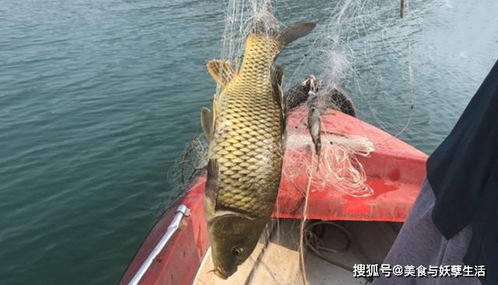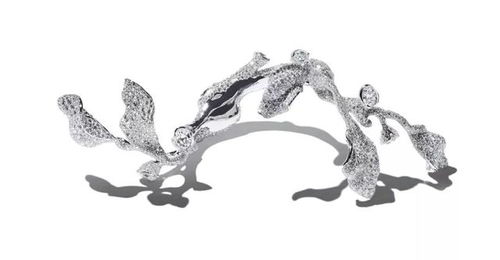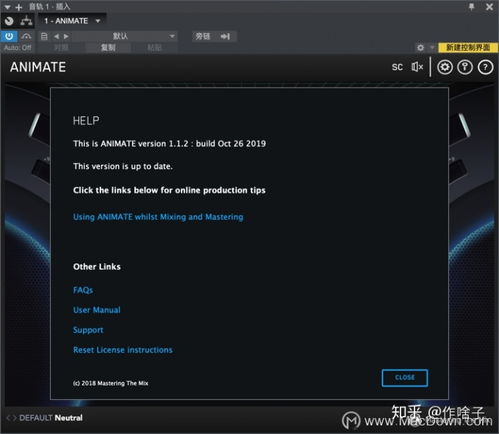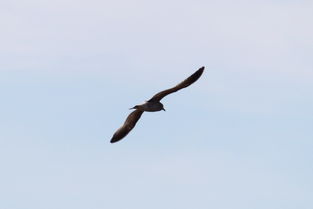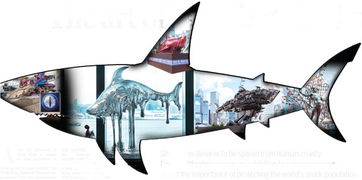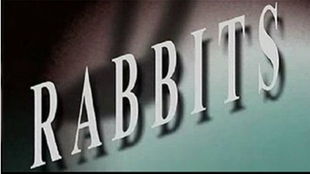
Content:
Introduction: Urban waterways have become popular spots for anglers looking to enjoy the tranquility of fishing amidst the hustle and bustle of city life. Bank fishing, in particular, offers a convenient and accessible way to fish in these urban settings. However, fishing in city河道 requires a different approach compared to natural bodies of water. In this article, we will discuss the essential tips and techniques for successful bank fishing in urban waterways.
Choose the Right Location: When selecting a spot for bank fishing in an urban waterway, consider the following factors:
a. Accessibility: Look for areas that are easily accessible, with well-maintained paths and minimal obstacles. b. Fish Population: Research the fish species present in the waterway and their preferred habitats. Choose a location where these species are known to congregate. c. Privacy: Opt for a spot that offers some privacy, away from busy footpaths and noise.
Understand the Waterway: Before casting your line, familiarize yourself with the urban waterway's layout, including:
a. Currents: Determine the direction and strength of the currents, as they can affect fish movement and feeding patterns. b. Vegetation: Identify areas with dense vegetation, as these spots often attract fish seeking cover. c. Obstructions: Be aware of any submerged or visible obstructions, such as rocks, logs, or bridges, which can affect casting and fishing techniques.
Select the Appropriate Gear: For bank fishing in urban waterways, consider the following equipment:
a. Rod and Reel: Choose a lightweight, telescopic rod with a suitable action for the fish species you are targeting. A spinning reel is often preferred for its ease of use and versatility. b. Line: Use a monofilament line with a thickness that matches the fish species and the conditions of the waterway. A line thickness of 4 to 8 pounds is generally suitable for most urban waterways. c. Lures and Baits: Opt for artificial lures or natural baits that mimic the forage fish or insects commonly found in the waterway. Soft plastics, spinners, and live bait like worms or crickets can be effective.
Master the Casting Technique: Bank fishing requires precise casting to avoid spooking fish and to reach your desired target. Here are some tips for successful casting:
a. Practice: Spend time practicing your casting technique to develop a smooth and accurate throw. b. Angle: Cast at a slightly upward angle to avoid hitting the water with your lure or bait, which can spook fish. c. Distance: Aim for a distance that allows you to reach your target without spooking the fish. Adjust your casting technique as needed to compensate for wind or current.
Develop a Patience and Observation: Bank fishing in urban waterways can be challenging due to the presence of noise and pollution. To increase your chances of success, follow these tips:
a. Patience: Fish may be less active in urban waterways, so be patient and wait for the right moment to cast. b. Observation: Pay attention to the waterway's environment, such as bird activity, fish behavior, and water conditions, to gain insights into the fish's movements and feeding patterns. c. Adaptability: Be prepared to adjust your approach based on the fish's behavior and the changing conditions.
Follow Local Regulations: Always be aware of the local fishing regulations and guidelines for the urban waterway you are fishing. This includes understanding size and catch limits, fishing hours, and any specific restrictions or permits required.
Conclusion: Bank fishing in urban waterways can be a rewarding and enjoyable experience for anglers. By choosing the right location, understanding the waterway, selecting appropriate gear, mastering the casting technique, and developing patience and observation skills, you can increase your chances of success. Remember to follow local regulations and respect the environment to ensure a sustainable fishing experience. Happy fishing!
